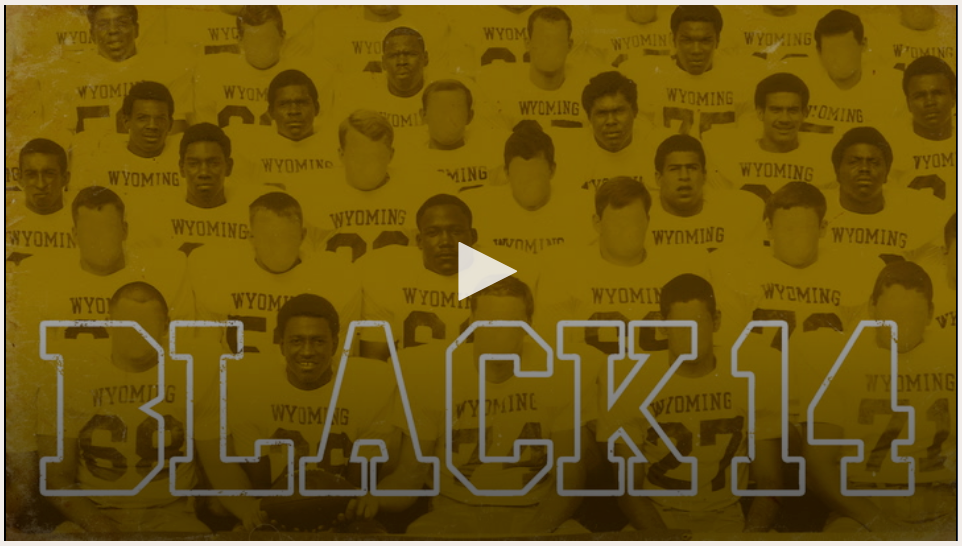The story of Black 14 is one of white people and white pathology.
It is a pathology connected to control: control of who has full agency to speak, to think, to exist, and who does not. I believe there’s no way to properly examine American history without acknowledging the role white identity has played in shaping our reality.
Why would a white man be filled with rage when confronted by free-thinking, free-speaking, free-moving black people asserting their humanity? What mobilizes white communities to throw support behind other whites who abuse and malign those attempting to exercise constitutional rights? What is it about this pathology that allows blatant contradiction and hypocrisies of character and values to go unquestioned? These were my questions when I learned about this story. These questions remain.
When I stare at photos of black bodies bludgeoned to death or hung from trees, the sight of those bodies is obviously jarring and traumatic; but it’s the juxtaposition of those bodies with a seemingly happy crowd of white townspeople—children, clergy, men, and women, young and old—that is even more haunting.
When Mike Brown is allowed to lay in the street for hours …
When Sandra Bland is mysteriously found dead while incarcerated after a bullshit traffic stop …
When Dylann Roof is safely apprehended and offered Burger King after murdering nine black church members inside of Mother Emanuel …
When white family wealth is seven times greater than black family wealth …
When black unemployment is double white unemployment …
When black folks are incarcerated at more than five times the rate of whites …
When the celebrated authors of our constitution spoke of equality, while enslaving humans …
When repeated facts are treated as lies ... when is it okay to discuss the perpetrator?
I’m interested in exposing the ideology and emotional state of a system that rewards the absurdity of whiteness.
—Darius Clark Monroe

